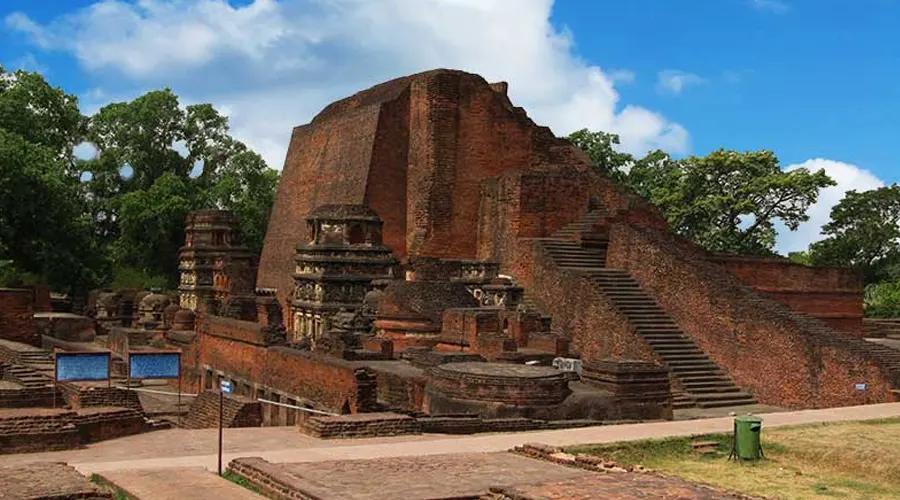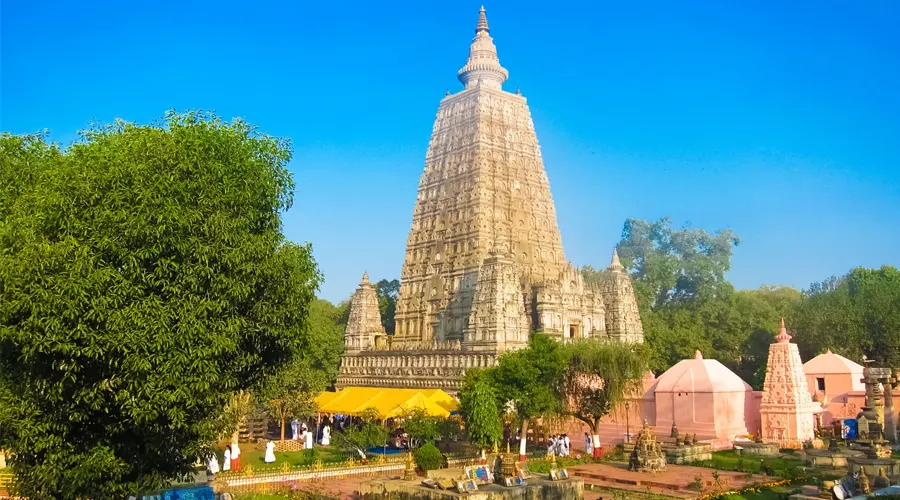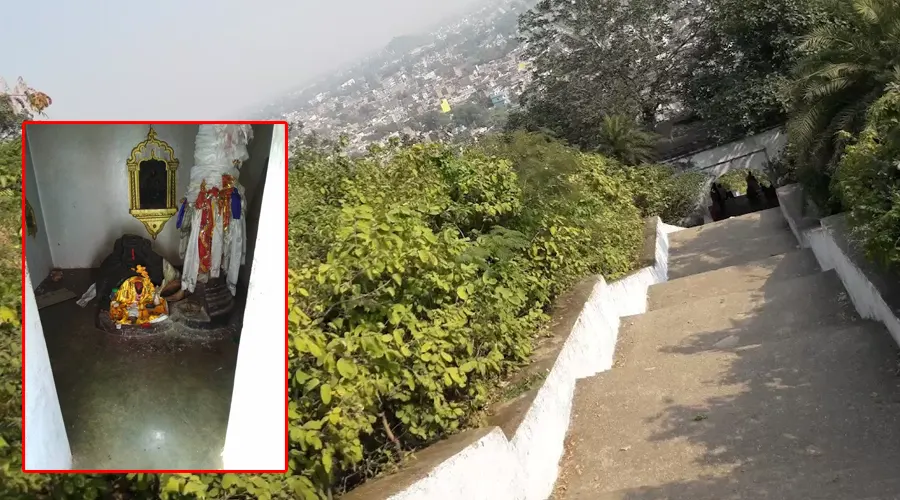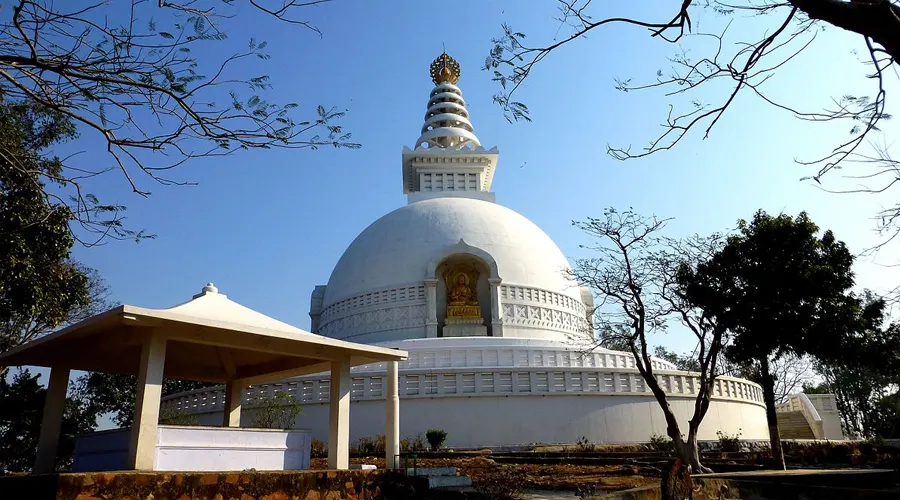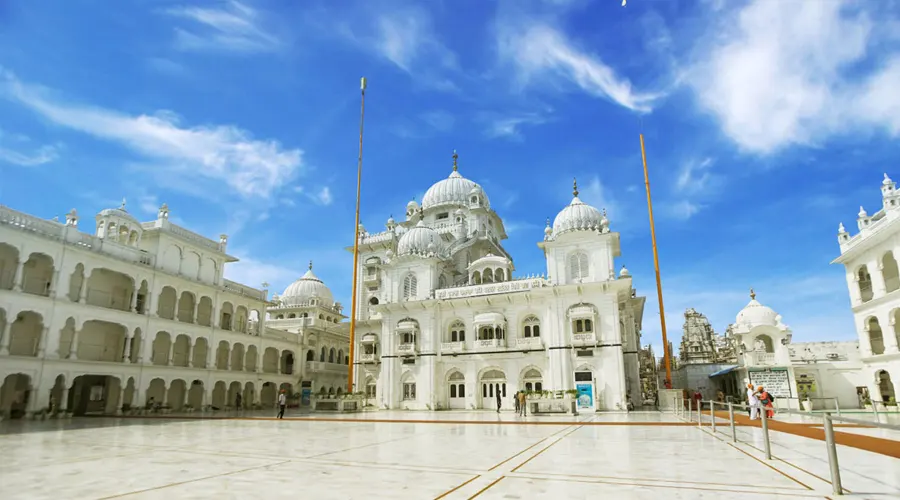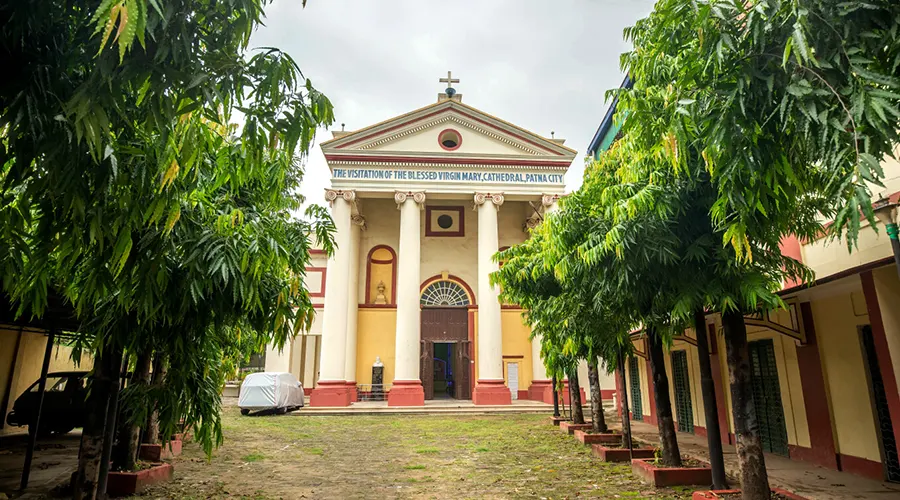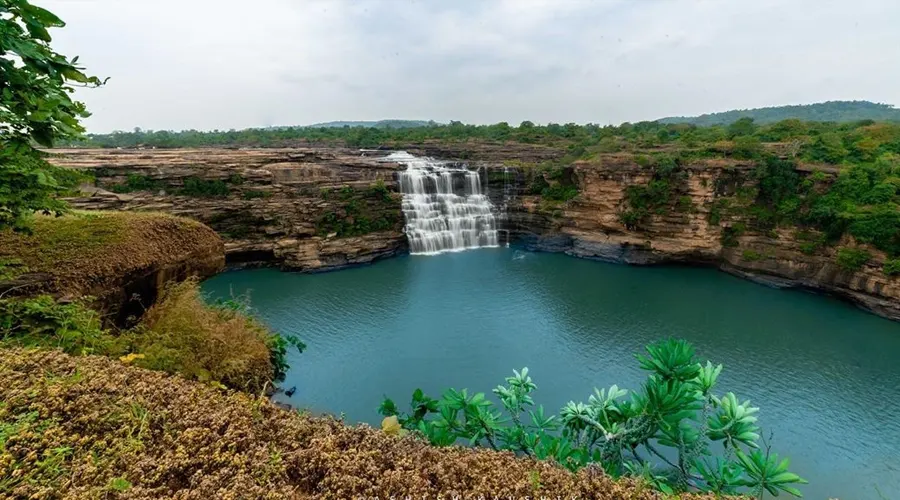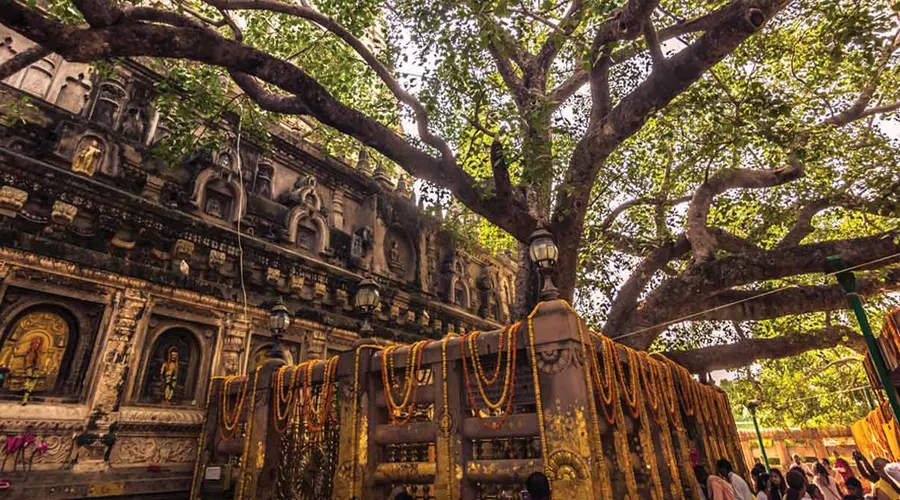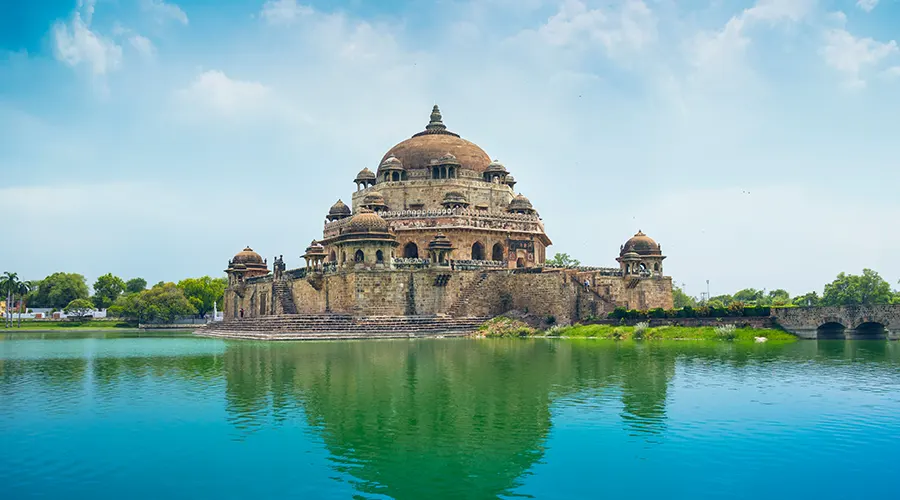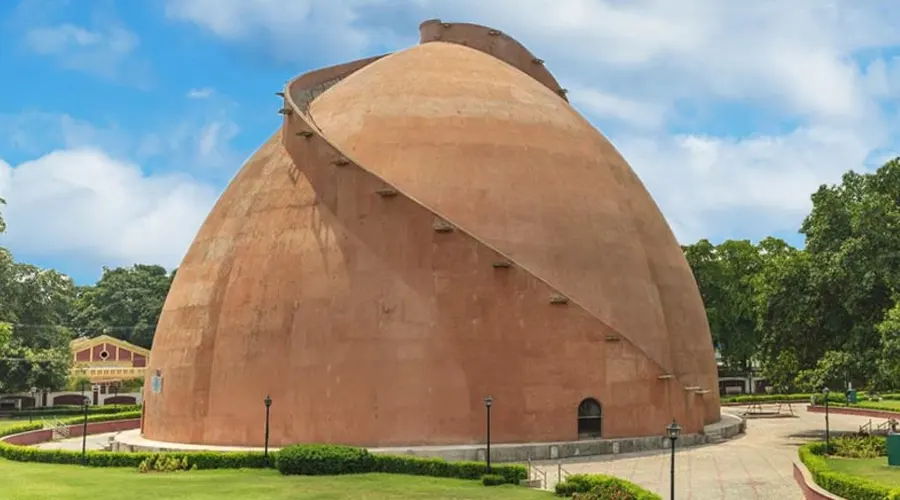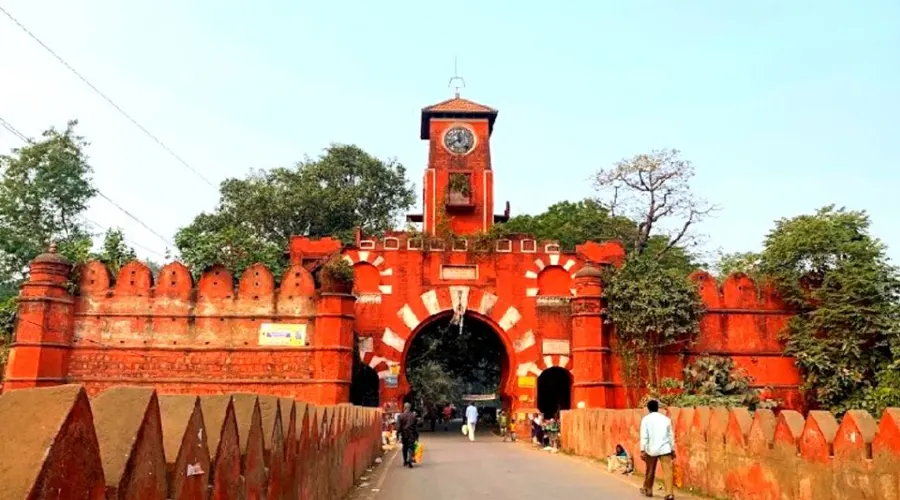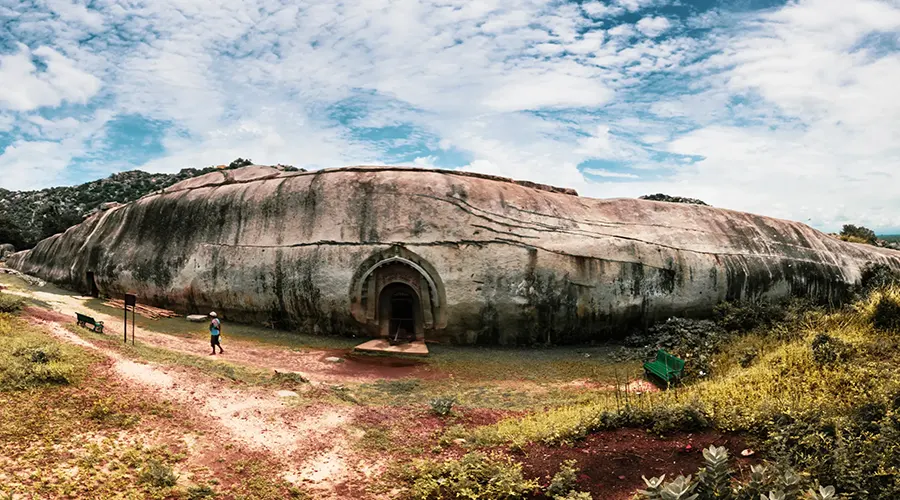Ruins Of Nalanda
Nalanda is about 90 km southeast of Patna. Although its history goes back to the times of the Buddha, the university at Nalanda was founded in the 5th century CE, and it flourished for the next 700 years. Its decline began in the late Pala period, but the final blow was the invasion by Bakhtiyar Khilji around 1200 CE.
The subjects that were taught at Nalanda included Buddhist scriptures (of both the Mahayana and Hinayana schools), philosophy, theology, metaphysics, logic, grammar, astronomy, and medicine. Chinese travelers Hiuen-Tsang and I-Tsing had written detailed accounts of the university.
Founded by Kumaragupta during the 5th century, Nalanda University stands out as the most ancient university of the Indian Subcontinent and one of the oldest universities in the world. Nalanda obtained significant fame during the Gupta era, according to the seal found in the name of King Kumaragupta.
Post-Gupta period, Nalanda flourished under the reign of emperor Harshavardhan of Kannauj. The growth and the popularity of the university continued until the 9th century, after which its gradual decline started under the Pala Empire from the 9th century to the 12th century. Historians assume that this great center of learning was ransacked and destroyed in the 12th century by Bakhtiyar Khilji of the Delhi Sultanate, which led to the total decline and abandonment of the institution. The site was recovered by the Archeological Survey of India in 1915 and the place got inscribed as a World Heritage Site by UNESCO in 2016.
Along with Taxila and Vikramshila, Nalanda formed a trio of educational institutes that were considered to be the best in Asia and attracted students from as far as China, Mongolia, and Persia. Also known as Nalanda Mahavira, it engaged in the organized transmission of knowledge over an uninterrupted period of 800 years.
Built with red bricks in the Kushana architectural style, the university building was three to six storeys high and the entire complex spread over an area of 23 hectares. Many monasteries, hostels, and classrooms are built in the Pala dynasty. It was home to more than 2,000 teachers and 10,000 students. It is said that the library of the university had so many books and manuscripts that it kept on burning for six months after the entire structure went up in flames. Renowned Chinese scholar Hsuan-Tsang also visited the institution in the 7th century to learn the Vedas, Buddhist theology, and metaphysics.
Due To its International Reputation, a Large Number Of Students have come To Study From China, Mongolia, Tibet, Korea, And Other Asian Countries. The Level Of Teaching Was Extremely High Here. To Get An Education In Mahavihar One Was Tested By A Teacher. The Leading Centre Of Teaching Mahayana Buddhism Was Nalanda But Other Topics Of Education Were Also Featured There. Finally At The End Of 12th Century Invader Bakhityar Khilji Demolished The Monastery, Killed The Monks And Burned The Valuable Library. At Present Because This Place Was A Symbol Of Asian Unity And Strength, The Nalanda International University Is Being Established Nearby.
History of Nalanda University
Nalanda was an acclaimed Mahavihara, a large Buddhist monastery in the ancient kingdom of Magadha (modern-day Bihar) in India. The site is located about 95 kilometers southeast of Patna near the town of Bihar Sharif and was a center of learning from the fifth century CE to 1200 CE. It is a UNESCO World Heritage Site.
The highly formalized methods of Vedic learning helped inspire the establishment of large teaching institutions such as Taxila, Nalanda, and Vikramashila which are often characterized as India’s early universities. Nalanda flourished under the patronage of the Gupta Empire in the 5th and 6th centuries and later under Harsha, the emperor of Kannauj. The liberal cultural traditions inherited from the Gupta age resulted in a period of growth and prosperity until the ninth century.
The subsequent centuries were a time of gradual decline, a period during which the tantric developments of Buddhism became most pronounced in eastern India under the Pala Empire.
Architecture of Nalanda University
The Nalanda University Ruins comprise many stupas, chaityas, stairways, decorated panels, dormitories of monks and students, lecture halls, etc. Sariputra Stupa is one of the remarkable excavations present amongst the ruins of Nalanda University. Built in the 3rd century by Ashoka in honor of Sariputra, it is surrounded by pillared structures that have a pyramidal shape with towers above the whole complex.
Protected by seven layers of constructions, the corner looms and neighboring stupas at the place are ornamented with niches of Bodhisattvas and different events of Buddha's life. Also, one can visit the Black Buddha Temple, situated just outside the wall of ASI protected Ruins of Nalanda University, has a nine-foot statue of Buddha in Bhumisparsha Mudra which is made of black basalt rock.

